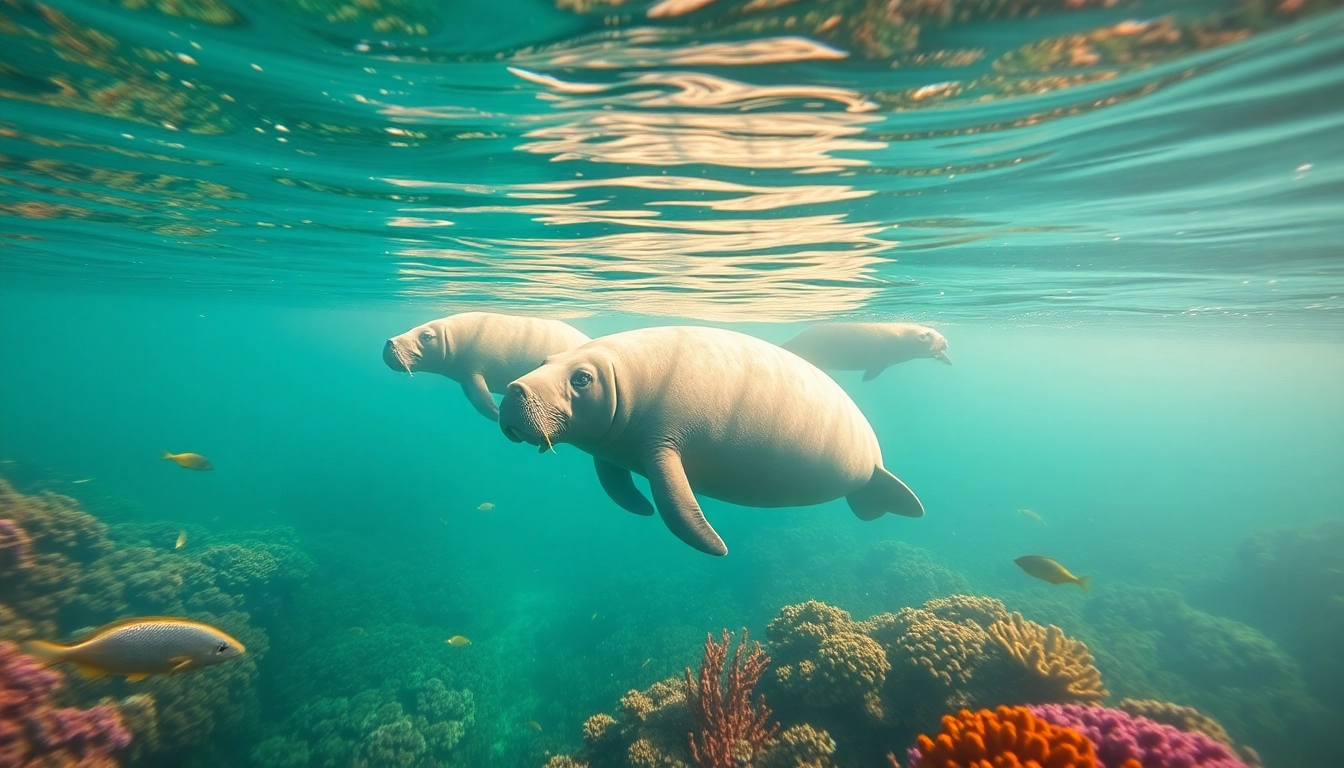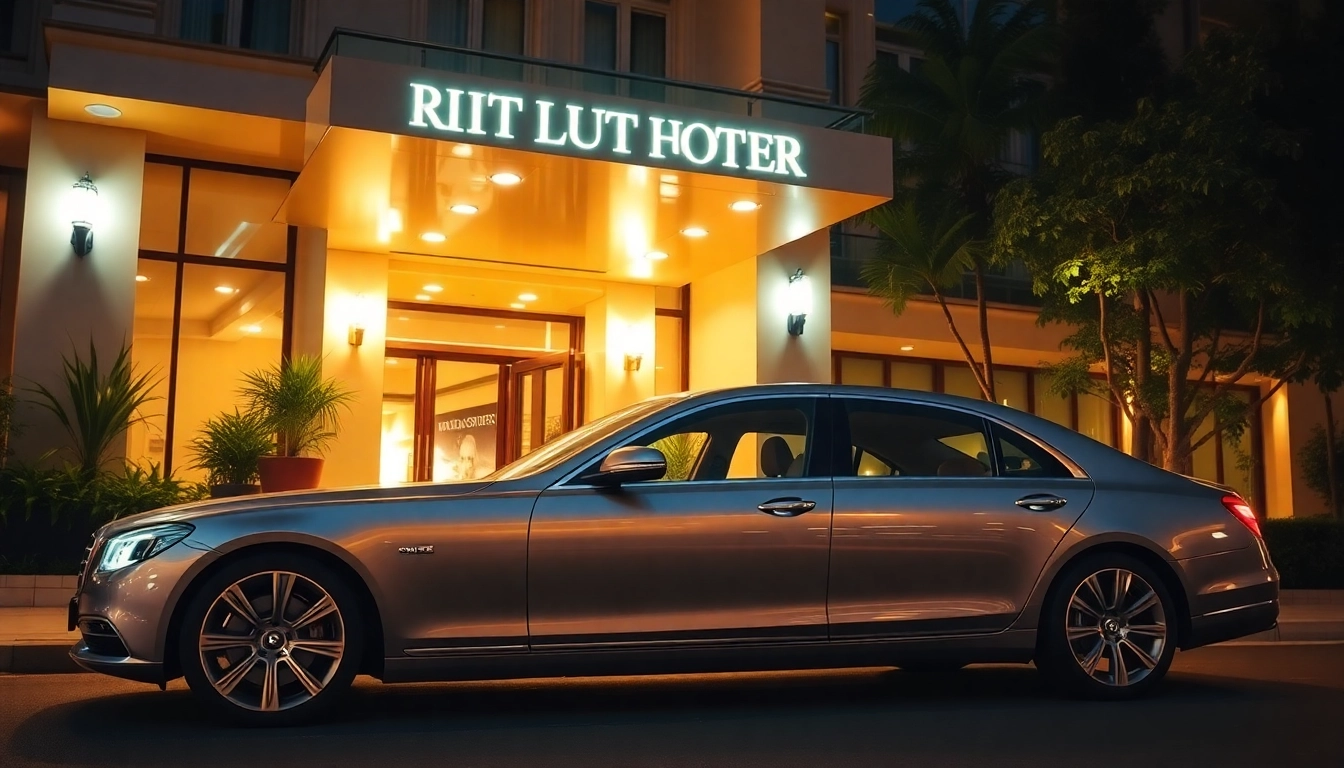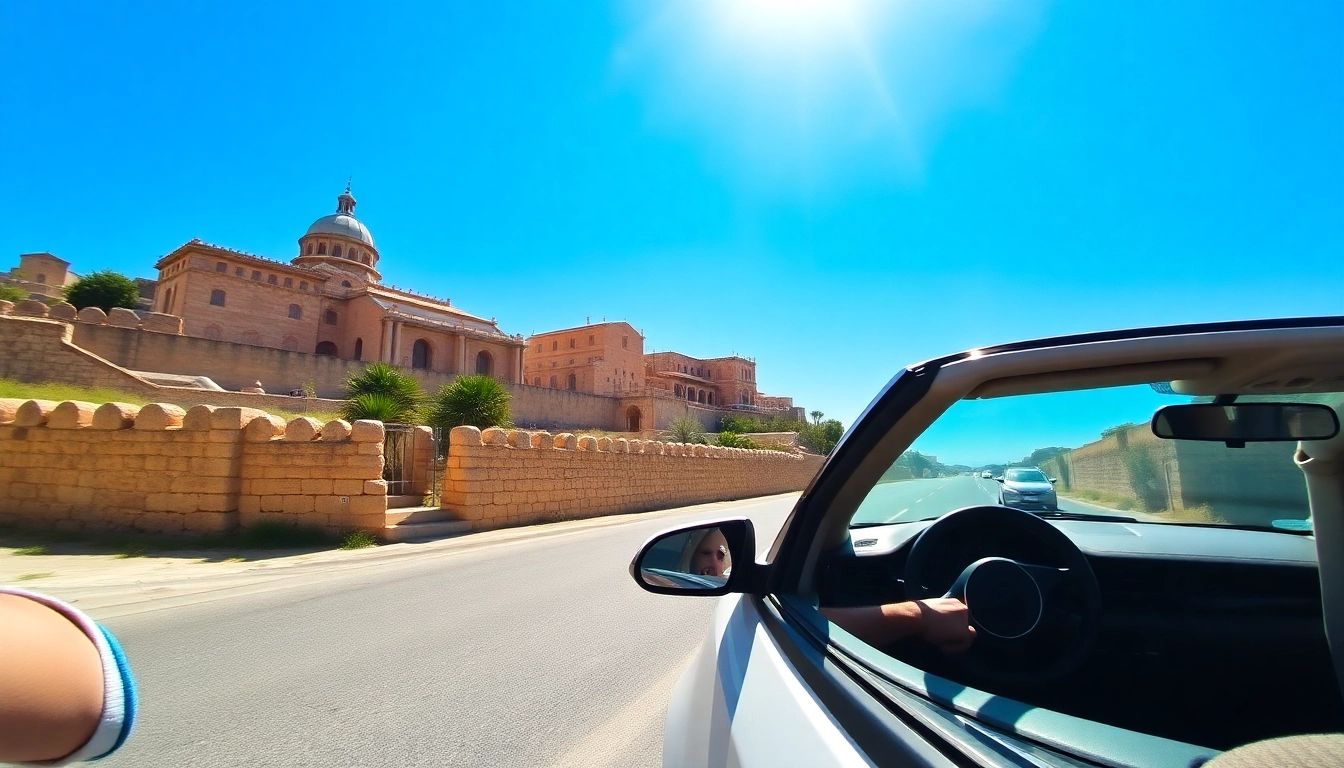Introduction to Manatees Puerto Rico
Manatees, often referred to as “sea cows,” are fascinating aquatic mammals that inhabit the warm coastal waters and rivers of the Americas. In Puerto Rico, these gentle giants are a vital part of the marine ecosystem, offering insights into the health of our oceans and waterways. This article will explore everything about manatees Puerto Rico, from their habitats and behaviors to conservation efforts and how you can experience them in their natural environment. Understanding the significance of these creatures can enhance your appreciation of the incredible biodiversity found on this island.
As we delve into this topic, we will cover the different species of manatees, their roles in the ecosystem, and the challenges they face. Whether you are a local resident, a visiting tourist, or simply fascinated by marine life, this guide on manatees puerto rico aims to provide valuable insights that encourage deeper engagement and support for conservation efforts.
Understanding Manatee Species
The Caribbean manatee (Trichechus manatus) is the species found in Puerto Rico. These large, slow-moving herbivores can weigh between 800 to 1,200 pounds and grow up to 10 feet in length. Characteristic features include a rounded body, large, paddle-like flippers, and a flat, square-shaped tail that helps them navigate through shallow waters. The skin of the Caribbean manatee is thick and often shows signs of barnacle growth, which is a typical occurrence for these creatures.
Another species, the Amazonian manatee (Trichechus inunguis), is not native to Puerto Rico but deserves mention as part of the broader manatee family. This species is found in freshwater rivers and lakes of the Amazon Basin and is slightly smaller and darker than its Caribbean counterpart. Understanding the physical and behavioral characteristics specific to the Caribbean manatee enhances our appreciation for their uniqueness and the urgent need for their conservation.
Importance of Manatees in Ecosystems
Manatees play a crucial role in maintaining the health of aquatic ecosystems. As herbivores, they feed on seagrasses and various aquatic plants, which helps control the growth of these vegetation types and promotes a balanced ecosystem. Healthy seagrass beds are essential not only for manatees but also for other marine life, including fish and invertebrates, which rely on these habitats for food and shelter.
Furthermore, the grazing habits of manatees contribute to nutrient cycling within their environments. By uprooting seagrass while foraging, they create pockets of space that encourage the growth of new shoots. This process supports a diverse range of marine species, contributing to vibrant underwater ecosystems that are vital for overall ocean health.
Threats Facing Manatees in Puerto Rico
Despite their ecological importance, manatees face numerous threats that endanger their survival. The primary factors affecting their populations include habitat loss, water pollution, and boat strikes. Urban development along coastlines often leads to the destruction of seagrass beds, restricting manatees’ access to their primary food source.
Water pollution is another significant threat, as contaminated waters can affect the health of manatee populations. Pollutants may accumulate in the tissues of the plants and animals that manatees consume, leading to health issues and increased mortality rates.
Additionally, boat strikes represent a major cause of injury and death for manatees in Puerto Rico. Their slow-moving nature makes them particularly vulnerable to fast-moving vessels. Public awareness and education about boating regulations in manatee habitats are essential to reduce these incidents and ensure safe coexistence between humans and these gentle giants.
Where to Find Manatees Puerto Rico
Spotting manatees in their natural environment can be an exciting and memorable experience. Puerto Rico offers several locations where these aquatic mammals can frequently be seen, particularly in calmer waters, lagoons, and estuaries.
Best Viewing Locations in Puerto Rico
Some of the best places to observe manatees in Puerto Rico include:
- Condado Lagoon: Located near San Juan, this popular destination provides sightings of manatees throughout the year. Paddleboarding or kayaking can enhance the experience, allowing for closer observation while maintaining a respectful distance.
- La Parguera: This coastal village features tranquil waters that are home to a variety of marine life, including manatees. Tours are available that cater specifically to those looking to observe manatees in their natural habitat.
- Fajardo: The area around Fajardo is known for its coastal lagoons and mangroves, which serve as prime feeding grounds for manatees. Kayaking through the mangroves may also yield encounters with these gentle giants.
Recommended Tours and Experiences
For those interested in guided experiences, various tour operators offer opportunities to see manatees in Puerto Rico. These tours are led by knowledgeable guides who are familiar with the best locations and practices for responsibly viewing manatees. Additionally, many tours provide educational insights into their behaviors, habitats, and conservation efforts.
Participating in a small group tour ensures a more personal experience, allowing for better interaction with the environment while minimizing disturbances to wildlife. These excursions often include kayaking, snorkeling, or simply exploring coastal areas known for manatee populations.
Seasonal Visibility of Manatees
Manatees can typically be spotted year-round in Puerto Rico, although certain seasons may increase chances of sightings. In general, the warmer months may lead to more frequent appearances in shallow waters, as manatees come closer to shore to feed on seagrass.
Various environmental factors, including water temperature and salinity, can influence manatee movements. For instance, during colder months, manatees often seek warmer waters, making certain locations more favorable for observation. Understanding these patterns can enhance your chances of encountering manatees in Puerto Rico.
Conservation Efforts for Manatees Puerto Rico
Conservation of manatees is crucial for maintaining healthy marine ecosystems. Efforts to protect these animals are multifaceted, involving various organizations, community initiatives, and governmental policies.
Role of Conservation Organizations
Numerous groups focus on the conservation of manatees in Puerto Rico. These organizations engage in research, education, and rescue operations to support the recovery of manatee populations. The Caribbean Manatee Conservation Center, for example, plays a pivotal role in rehabilitation and outreach efforts to increase awareness of manatee preservation.
Through public education programs and collaborative efforts with local communities, these organizations work to foster a culture of stewardship that emphasizes the importance of protecting manatees and their habitats.
Community Involvement in Preservation
Community involvement is essential for the success of conservation efforts. Many local residents actively participate in volunteer programs designed to monitor manatee populations, conduct educational workshops, and engage in habitat restoration projects. These initiatives help enhance public understanding and inspire collective action toward preserving manatees and their ecosystems.
Furthermore, local fishermen and boaters can play a significant role by adhering to safe practices in manatee habitats. Reporting sightings and injuries can aid in research and rehabilitation efforts, forming a collaborative approach to conservation.
How You Can Help
Individuals can contribute to the conservation of manatees through simple yet impactful actions. Choose eco-friendly boating practices by following guidelines that protect manatee habitats, such as observing posted speed limits and avoiding shallow areas during feeding periods.
Participating in educational programs, advocating for conservation legislation, and supporting local conservation efforts financially or through volunteering can collectively make a difference. Moreover, raising awareness among peers about the significance of protecting manatees helps foster a supportive community committed to their preservation.
Swimming with Manatees Puerto Rico
For many, the ultimate experience is swimming with manatees in their natural habitat. However, this activity comes with important considerations to ensure it is conducted responsibly.
Legal Guidelines and Regulations
Swimming with manatees is subject to strict regulations designed to protect these animals from disturbance. Specific guidelines must be followed to ensure that encounters are safe for both humans and manatees. Understanding and respecting these laws is critical for anyone wishing to partake in such activities.
Offering clear guidelines, such as maintaining a safe distance and not feeding or touching the animals, ensures that the natural behavior of manatees is preserved while allowing for an unforgettable experience for participants.
Best Practices for Responsible Interaction
Engaging with wildlife, especially species as delicate as manatees, requires a sense of responsibility. To enjoy a safe and ethical experience:
- Maintain Distance: Respect the natural space of manatees and observe them from a safe distance to prevent stress or harm.
- Avoid Sudden Movements: Minimize your noise and movement while in the water to do not startle or disrupt manatees.
- Use Eco-friendly Equipment: Ensure that any gear you use, particularly sunscreen, is eco-friendly and safe for the marine environment.
What to Expect on Your Swim Experience
Swimming with manatees offers a once-in-a-lifetime adventure filled with excitement and tranquility. Participants can expect to enter calm, warm waters where manatees thrive, typically in areas with seagrass or floating vegetation. Observations often include seeing them glide gracefully through the water or grazing on submerged plants.
Guided tours typically provide safety briefings, equipment, and necessary snorkeling gear, so participants can focus on the experience. Besides encounters with manatees, expect to witness other marine life and enjoy the beauty of Puerto Rico’s coast.
Frequently Asked Questions About Manatees Puerto Rico
To enrich your knowledge and understanding of manatees in Puerto Rico, let’s address some common questions that arise.
Common Misconceptions about Manatees
One of the prevalent misconceptions is that manatees are slow and sluggish creatures. While they do move at a gentle pace, they can actually swim efficiently, reaching speeds of up to 15 mph over short distances when threatened. Another myth is that they are dangerous; in reality, manatees pose no threat to humans and are known to be quite docile.
How to Identify Manatees in the Wild
Identifying manatees in the wild is fairly straightforward once you know what to look for. Look for their distinctive rounded bodies and paddle-shaped flippers. When they surface for air, they usually bring their entire snout out of water in a characteristic way. Additionally, manatees often leave behind a trail of bubbles as they come up for air.
Tips for Photographing Manatees
Capturing images of manatees requires patience and attention to detail. Here are some tips for photographing these majestic creatures:
- Use a Telephoto Lens: A zoom lens will help you maintain distance while still capturing the beauty of manatees.
- Go Early or Late: Lighting is better during these times, and there’s a greater chance of fewer people around, allowing for a serene backdrop.
- Be Respectful: Always prioritize the well-being of the manatees over obtaining the perfect shot. Avoid disrupting their natural behavior.



